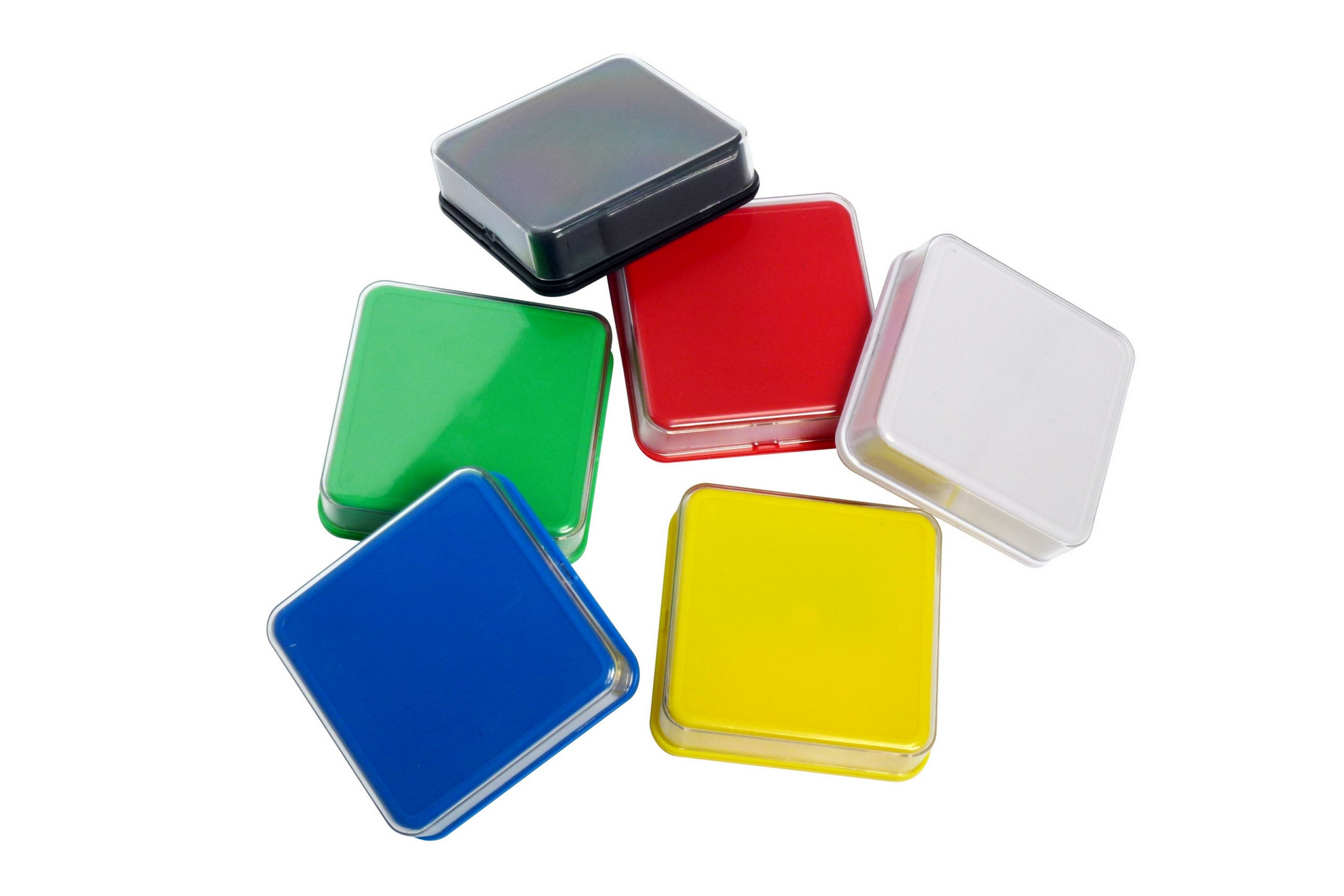BLOG


Occupational Therapy Equipment for Special Needs Children
An occupational therapist can find a wide variety of occupational therapy equipment that can help a child with special needs reach their fullest potential. It may become overwhelming to determine which products might be the most beneficial. This is the reason why you should consider the child’s unique sensory, emotional, and attentional needs to determine which sensory equipment will work to serve them best.
Read on to know more about the most common and effective tools that occupational therapists use to meet the special needs of children, as well as ways to use them in a classroom environment.
- Sensory Friendly Seats
Sensory seats are designed to provide extra sensory input to the child through their joints. This often results in better attention and focus. You can choose from various seating options, depending on what works for the child. This may include a standard therapy or exercise ball, which are readily available and very affordable. You can also look at therapy ball chairs which provide more stability in case the child is too wiggly. You can also use a tactile sensory ball, as this can provide even more input for the child. Wiggle cushions are always available and can be used in two different ways – by placing on the child’s seat, and also on the floor. These are great options for children who are sensory seekers and might benefit from changing positions throughout class.
- Handwriting Tools
Some children with sensory processing challenges or other special needs may struggle with handwriting tasks. The school is an ideal place to explore tools that might assist the child with writing. There are several options available for the same. Pencil grips are useful in promoting a tripod grasp, which is the grasp used while writing. Pencil weights are also a great option for children who have handwriting that is messy or difficult to read. The extra weight helps to provide more sensory input to the child’s hand. Children with special needs often struggle with endurance when it comes to writing tasks. A slant board can help with this by placing less strain on their shoulder, arms, and hands. It also helps make writing more comfortable by promoting good posture and the angle of the board puts the child’s hand in the ideal position for writing.
- Fidget Toys
Fidget tools are a great way to help a special needs child with concentration and self-regulation. Many classrooms today provide fidget options to promote these skills. Common fidget options include toys such as a tangle, therapy putty such as theraputty, and mesh and marble fidget toys as well. These are a great way to keep little hands and fingers busy.
- Weighted Products
Weighted products are often recommended for children with autism spectrum disorder or sensory processing disorder. This is a way to help calm down and organize their sensory system. An occupational therapist will prescribe these items if indicated and help you select the appropriate weight for your child. Children who use a weighted vest usually wear it for a certain period of time throughout the day. Weighted lap pad is another option to assist your child with remaining calm and organized.
These days, there are several tools that will assist occupational therapists in helping special needs children be successful in various settings. Since most of these tools are sensory-based, it is important to have a good understanding of a child’s specific needs. All the tools that you need are easily available at Help Them Shine and can assist a special needs child to have a better future.

